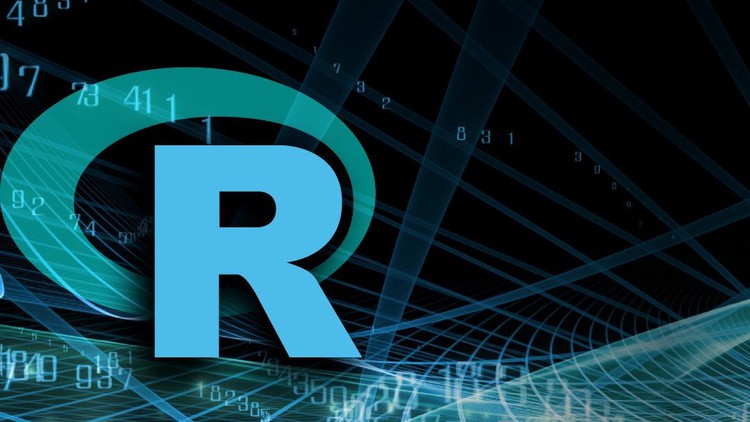
Use R Programming for Scientific Research
What you will learn
It helps you not only be a good practitioner but offers you an opportunity for creativity in data processing, statistics, and graph creation in research.
You will learn how to manipulate, import, and export data.
You will learn descriptive statistics, relationships, multi-correlation, ANOVA, and t-test using R for scientific research.
You will be proficient in basic, advanced, and animated graphs using R codes.
Description
Here is an improved course description for “Learn R Programming for research by doing!”:
Are you looking to enhance your research skills using R programming? Look no further! This tutorial is based on my experience of many years and tens of scientific research projects using R. Each video will introduce you to a new concept that you can apply immediately to your own research. The best part? You will learn through real examples from a variety of research fields.
This course will not only make you a proficient practitioner but will also allow you to be creative in data processing, statistics, and graph creation in scientific research. R programming offers limitless possibilities compared to software such as SPSS and Excel. You will learn data types, manipulation, import, and export techniques, as well as descriptive statistics, relationships, multi-correlation, ANOVA, and t-test. You will also become familiar with basic, advanced, and animated graphs, as well as functions, packages, directories, and other important features of R.
As an Assistant Professor of Remote Sensing at Soran University and GBD Collaborator at the University of Washington, with more than 12 years of experience in Python and R programming, Java Script, Big Data, Remote Sensing/GIS, Earth Observation, and Climate, I have published around 30 peer-reviewed papers.
By the end of the course, you will have the following skills:
- Creative data processing, statistical analysis, and graph creation using R for research.
- Ability to manipulate, import, and export data.
- Proficiency in descriptive statistics, relationships, multi-correlation, ANOVA, and t-test using R for scientific research.
- Proficiency in basic, advanced, and animated graphs using R codes.
- Knowledge of how to use R Studio for scientific research.
Join me on this journey to become a proficient researcher and R programmer!
Sincerely,
Assist. Prof. Azad Rasul
Content
R Programming Fundamentals
Dealing with Data in R
Statistics for Research in R
Create Graphs for Research in R